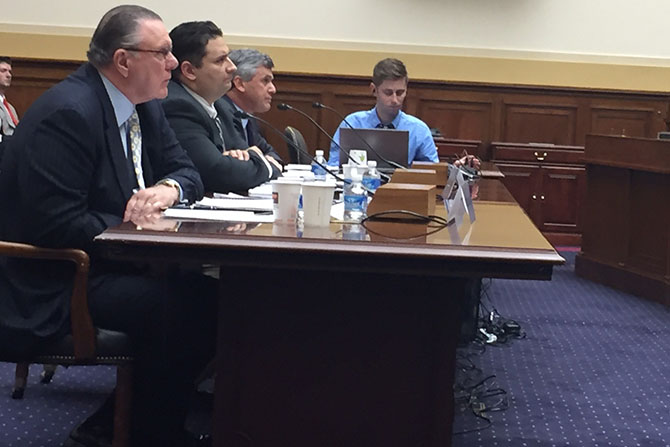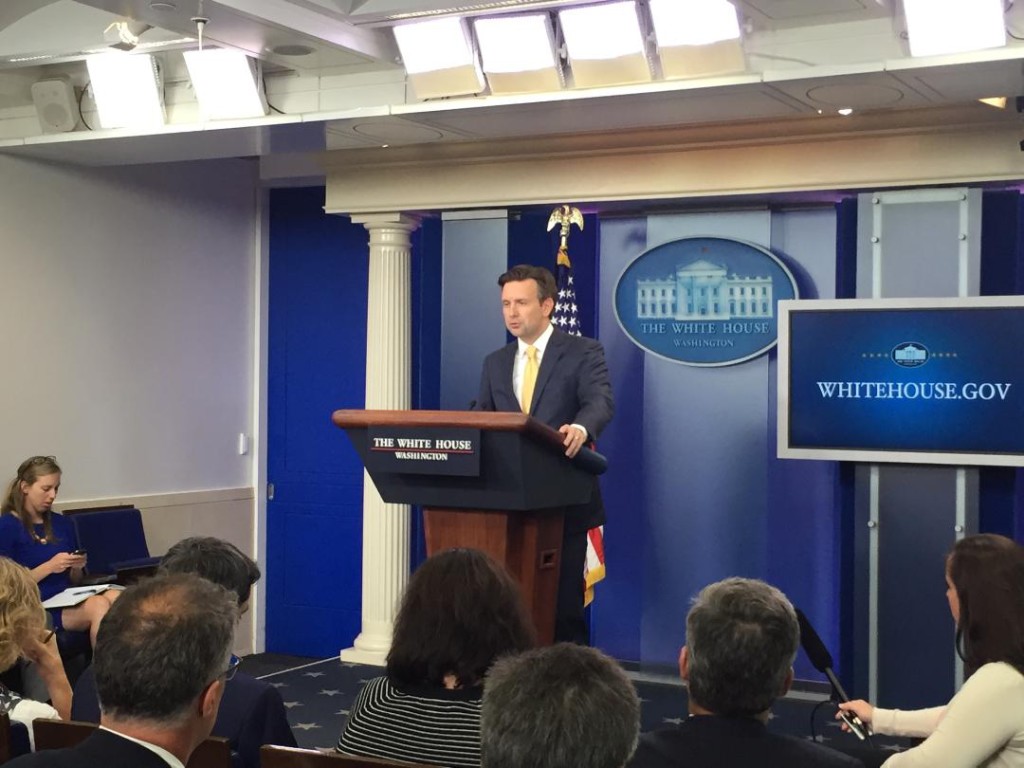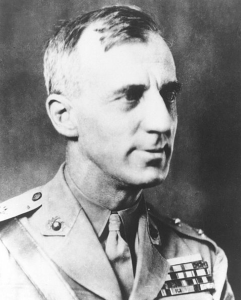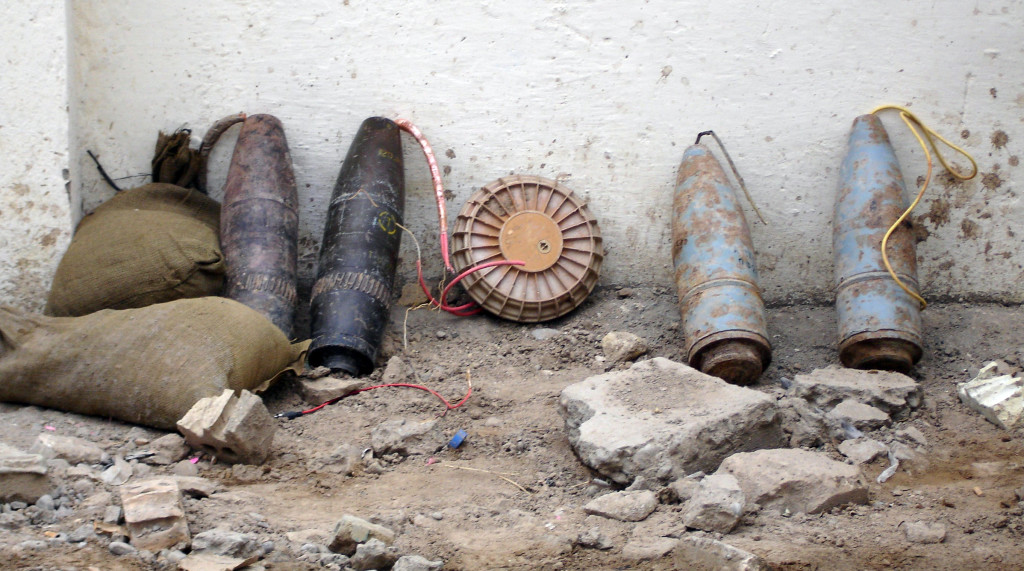WASHINGTON – I remember studying abroad about three years ago on a program called Semester at Sea, during one of my summers as an undergraduate student. I was taking three classes and one of them was marine biology. My roommate on the ship, Maggie, went to school in Ohio as a computer engineer. We got along fine, but I’ll never forget our first day of biology class.
Our professor took us to the deck of the ship and began talking about all of the different creatures we would be able to see while out here in the middle of the ocean traveling from port to port.
He went on to describe the role these creatures play in their own microcosms, but also in the world at large and in our everyday lives, whether we realize it or not. We ended up discussing issues of global warming, the rising seas, glacial melt, energy shift, higher temperatures and droughts – all topics we would come back to many times over the course of the summer.
But when Maggie and I got back to our room after that first day of class she looked at me and said, “You know, when he was talking about all the global warming stuff — I’m sorry but I just don’t believe him. I know that’s a load of hogwash.”
I was completely shocked. While I knew that there were many non-believers out there, I didn’t know any of them. Not to mention, at this point it was 2012 and there was someone my age—albeit very conservative in her political persuasion—who actually thought the idea of global warming was a myth (and especially a computer engineer, no?).
How can a population cause so much destruction to the natural environment and cause extinction for many of its inhabitants and not see any repercussions? Until this day, that still boggles my mind. I didn’t even know how to respond to Maggie other than trying to morph the expression in my face quickly enough to hide my true feeling.
I managed to say, “Oh, really? Yeah….I mean, I definitely believe in that.” I wasn’t exactly trying to start anything, so I quickly changed the subject since I knew there were just clearly some fundamental differences in our beliefs, and we still had a whole summer to live together.
My point is, that even just three years ago and I’m sure still today, there are people who simply ignore the majority of scientists and research, and argued against the concept of climate change. But now, the conversation has changed or at least, it’s beginning to. Today it’s not about if it’s true or false, it’s about how we can best counter the domino effects that have been set into motion.
Across the U.S. our nation’s leaders and commander in chief have taken action, so much so that the United States is actually leading global efforts to address the issue of climate change. That’s because they’ve realized something: the issue of climate change is connected to American interests at home and abroad.
It may be hard to see the connection but at the basest level of analysis you can deduce that for national security, there is a purely logistical concern about the effects of climate change.
Dr. Boudrias, an expert in environmental studies at the University of San Diego, put it this way, “there’s no doubt at this point, having talked to military members at a national level, that they are clearly concerned of the affects of climate change on national security and international conflicts.” Boudrias explained that the issue of climate change comes into play for military installations around the world.
“If you think of Navy bases and understand the problems that come with rising sea levels, the issues begin to change,” said Boudrias, “If climate change effects water resources and you have a drought, then in the logistics of your bases—having enough water for your troops, for your facility, there are going to be major problems.”
Go beyond a military scope and think about natural disasters. Though it’s unclear whether climate change will increase the number of hurricanes, it’s a fact that its effects intensify their impacts.
Take for example, Hurricane Sandy, which caused an estimated $65 billion in damages. The magnitude of power the storm wielded was only increased by the rising sea levels. We saw the destruction of homes, crops, land, depleting the area of human necessities needed to survive and leaving people homeless, jobless, displaced from their own families and impoverished.
Even in more recent years we have seen an increase in the number of North Atlantic tropical storms per year, jumping from 11 annually to 16. The rise in sea surface temperatures, which could be related to global warming, has a direct correlation to that number.
What about at even more basic level? We don’t need a hurricane or an increase in the number of tornadoes to see that something has to change. Just think about something as basic to us in the U.S like water, with global warming comes decreased rainfall, higher temperatures, desertification and energy shifts. According to A Medill student journalism project, Global Warning, “the UN projects climate change will double the number of droughts worldwide and extend their length.”
With potable water level low around the world, that scarcity coupled with increased urbanization, ethnic tension, poverty, etc. and something is going to happen. The National Intelligence Council predicts that fresh water scarcity “could lead to conflict in the Nile, state failure in Pakistan and Yemen and large movement of people along the Rio Grande.”
But bring that even closer to home, what about California right now? Where the drought is so bad, Gov. Jerry Brown introduced mandatory water cuts for the first time in the state’s history.
How is water scarcity going to effect the ~38 million people and 900 miles of wildlife who call that state home?
Even further than that, it’s a state that grows much of the produce shipped across the U.S, so what is that going to mean for everyone who call the U.S. home?
I know that for myself, being from California, it’s something I think of a lot.
When I first heard that climate change was an issue of national security I didn’t make that immediate connection, but climate change has the ability to affect our everyday life and it can happen instantly.
As Boudrias said, “climate change is complicated and the connections are everywhere.”
It changes the whole economic, social and political world, it’s a symbiotic relationship—when one part of that equation falters it creates a butterfly effect to the other.















